A Women's Guide to Mountain Biking!
 |
What can you Expect Riding Off Road? Be sure to wear full gloves, too, for comfort and protection. Mountain-bike gloves have light padding to provide an optimum grip and excellent control, and they're typically reinforced on the backs and feature terry panels for wiping your face. They breathe well, too, even on hot summer days. Practice For more a more detailed discussion of important accessories, follow this link to Lakeside Bicycles. Ride with Friends Please feel free to ask us any and all women's cycling questions you may have. We're here to help! |
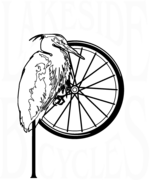
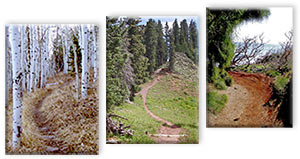
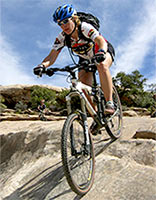
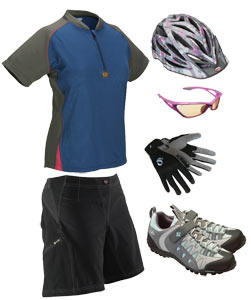 Consider cycling eyewear, too, because it wraps around your face to protect your eyes from airborne debris, branches, and also from UV rays and glare. Some lens tints, such as orange and brown are even designed to enhance your vision so you can see variations in the terrain better. These lenses also work well when riding in and out of trees, which shade the trail and can make it hard to see obstacles in your path. Some eyeglasses have vented lenses to prevent fogging, too.
Consider cycling eyewear, too, because it wraps around your face to protect your eyes from airborne debris, branches, and also from UV rays and glare. Some lens tints, such as orange and brown are even designed to enhance your vision so you can see variations in the terrain better. These lenses also work well when riding in and out of trees, which shade the trail and can make it hard to see obstacles in your path. Some eyeglasses have vented lenses to prevent fogging, too.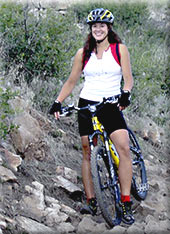 muscles and gets you comfortable moving around above your bike. Also, practice moving side to side while pushing your bike in the opposite direction. Keep your bicycle traveling in a straight line while practicing these moves.
muscles and gets you comfortable moving around above your bike. Also, practice moving side to side while pushing your bike in the opposite direction. Keep your bicycle traveling in a straight line while practicing these moves.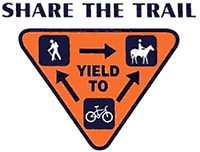 Know the rules of the trail and your responsibilities as a mountain biker and you'll be much more confident when you ride. Only ride on trails that are open to mountain bikers and stick to the existing trails. If you find a section that's too technical for you, get off your bike and hike it instead of cutting a shortcut around it. If the trails are really wet, consider riding somewhere else to prevent damaging them. Like everything you do in wild places, leave no trace and pack out everything you pack in.
Know the rules of the trail and your responsibilities as a mountain biker and you'll be much more confident when you ride. Only ride on trails that are open to mountain bikers and stick to the existing trails. If you find a section that's too technical for you, get off your bike and hike it instead of cutting a shortcut around it. If the trails are really wet, consider riding somewhere else to prevent damaging them. Like everything you do in wild places, leave no trace and pack out everything you pack in.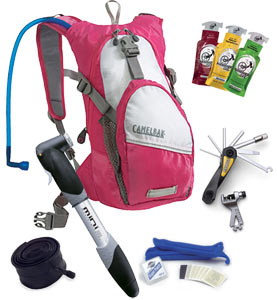 to use a hydration pack instead of bottles because the latter can get dirty from the dirt and mud coming off the front wheel. Packs are also handy for carrying extra clothing and gear.
to use a hydration pack instead of bottles because the latter can get dirty from the dirt and mud coming off the front wheel. Packs are also handy for carrying extra clothing and gear.